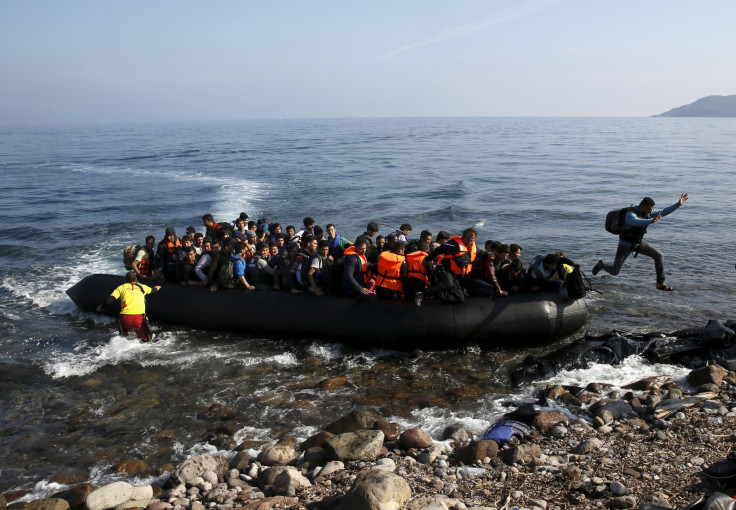Aussie film 'Journey' aims to discourage asylum seekers from moving to Australia
$6 million telemovie shows grim picture of what refugees experience

“Journey,” a telemovie commissioned by the Australian Department of Immigration and Border Protection, made its debut on Good Friday on two channels in Afghanistan. Forming part of the agency’s anti-people smuggling efforts, the $6 million project aims to deter asylum seekers from coming to Australia.
The 90-minute film, which will also be screened in Pakistan, Iraq, and Iran, follows the life of a small group of Afghan refugees who are seeking to enter Australia by boat. A trailer was posted on YouTube [watch below], showing the group’s struggles in three countries: Afghanistan, Malaysia and Indonesia.
Although the group includes only a few people, they soon become crammed as they board a small boat. Their conditions only worsened as they travelled across the Indian Ocean, leaving them to battle sea-sickness, lack of provisions and the eventual sinking of the boat and drowning of the crew.
“The film aimed to educate and inform audiences in source countries about the futility of investing in people smugglers, the perils of the trip, and the hard line policies that await them if they do reach Australian waters,” the telemovie’s Sydney-based production company, Put It Out There Pictures, said in its web site.
While “Journey” earned various reactions from Afghans who were able to watch the film, its goal was “largely achieved” among those who were interviewed by The Guardian.
An 18-year-old tailor, Ali Reza, revealed that the telemovie was hard to watch. “It made me very upset,” Reza told The Guardian. “I know they were actors, but these things really happen to Afghans.”
Some scenes touched a chord among the respondents, particularly those which showed the hardships of asylum seekers, such as suffering in jails or even drowning to death. Daud Hossaini, 42, changed his mind of moving to Australia after watching the film. “If I die on the way, what’s the point of going?” he told The Guardian.
Still, there were some Afghans who seem to choose to ignore the risks, if it means having a better life. Humayoon, 29, told the Guardian, “If I can’t feed my family, what am I supposed to do?”
“People continue to come to Australia to seek a better and safer life, far too often with tragic consequences,” Put It Out There said in statement on ABC’s Lateline Program. “The impact this film will have on a person’s decision to attempt a journey by boat to Australia cannot be underestimated.”
Afghanistan is considered to be the world’s second-largest source of refugees and migrants, according to the UN Refugee Agency. As a result of renewed conflict and security concerns, there are more than 800,000 Internally Displaced Persons, or IDP, in the country by the end of 2014.
Source: YouTube/JourneyTheMovie





















